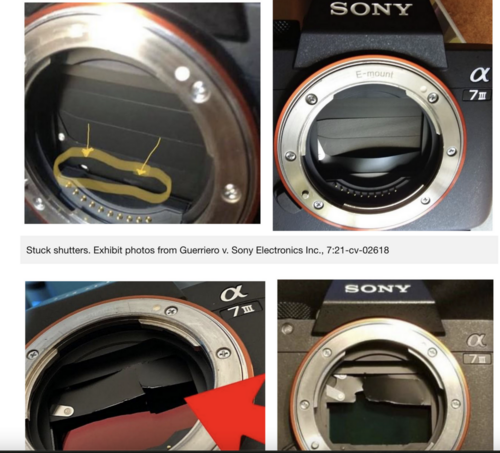Rob Wadsworth
EF5
An overhaul of early 2010 equipment was now in order. Letting a vital skill lapse, such as photography when being otherwise left to idleness in late Fall and Winter, needs to be remedied. I need to improve on every photographic level so that this Spring I may be ready for the coming chase season.
My sordid tale begins with Facebook marketplace. Yes; amongst the mysterious garage sales, video card scammers, and lonely hearts clubs (thinly disguised prostitution - of sorts). Chanced to wade thru it all and managed to find the cameras and related gear. So, I browsed. My preference for Canon found a plethora of such items . . .
Found someone selling a used Canon T7 for $225 and purchased it. Hmmm. 24mp and LiveView, among other useful features, such as built in lens correction and auto ISO. Knowing that the 10-22mm, 18-55 IS, EF 50mm f/1.4, and 55-250mm f/4 EF-s I previously used with an older XTi would work just fine, I snagged it. Phase One complete. Or; so I thought. Pictures are very good, and am surprised with the feature set of this camera and the much improved auto focus system over the little XTi. Such a small expenditure; so massive a return.
In addition, am investigating some processing software. PaintShopPro was what I had used last decade, and found that it didn't keep up with the times as well as other software has.
Found Raw Therapee to be a little daunting and slow, but very powerful - for free. Didn't stop there and bought a copy of LrClassic, since it seemed to be a fave of many. Was only $40 for version 10.4. GIMP was also explored, but doesn't do the CR2 Canon RAW format. In addition, I am trying out PsElements, Perfectly Clear, and DxO as well. Jury is not in yet; but it seems that Raw Therapee and LrClassic are winning comfortably. Elements denoising seems to be top notch, as does Perfectly clear and DxO.
Now, the Real Fun begins. Did I say 'sordid'? Spending a few thousand for new gear means that kicking a few tires may well be in order, and this can get sordid. A full-frame camera choice was being considered between the Canon 6D mkII and EOS-RP. Mirrorless vs the DSLR. The arguments for and against are all compelling. But "if one boils it all down to gravy"; what do you think and what was the compelling factors for your choices?
My sordid tale begins with Facebook marketplace. Yes; amongst the mysterious garage sales, video card scammers, and lonely hearts clubs (thinly disguised prostitution - of sorts). Chanced to wade thru it all and managed to find the cameras and related gear. So, I browsed. My preference for Canon found a plethora of such items . . .
Found someone selling a used Canon T7 for $225 and purchased it. Hmmm. 24mp and LiveView, among other useful features, such as built in lens correction and auto ISO. Knowing that the 10-22mm, 18-55 IS, EF 50mm f/1.4, and 55-250mm f/4 EF-s I previously used with an older XTi would work just fine, I snagged it. Phase One complete. Or; so I thought. Pictures are very good, and am surprised with the feature set of this camera and the much improved auto focus system over the little XTi. Such a small expenditure; so massive a return.
In addition, am investigating some processing software. PaintShopPro was what I had used last decade, and found that it didn't keep up with the times as well as other software has.
Found Raw Therapee to be a little daunting and slow, but very powerful - for free. Didn't stop there and bought a copy of LrClassic, since it seemed to be a fave of many. Was only $40 for version 10.4. GIMP was also explored, but doesn't do the CR2 Canon RAW format. In addition, I am trying out PsElements, Perfectly Clear, and DxO as well. Jury is not in yet; but it seems that Raw Therapee and LrClassic are winning comfortably. Elements denoising seems to be top notch, as does Perfectly clear and DxO.
Now, the Real Fun begins. Did I say 'sordid'? Spending a few thousand for new gear means that kicking a few tires may well be in order, and this can get sordid. A full-frame camera choice was being considered between the Canon 6D mkII and EOS-RP. Mirrorless vs the DSLR. The arguments for and against are all compelling. But "if one boils it all down to gravy"; what do you think and what was the compelling factors for your choices?



